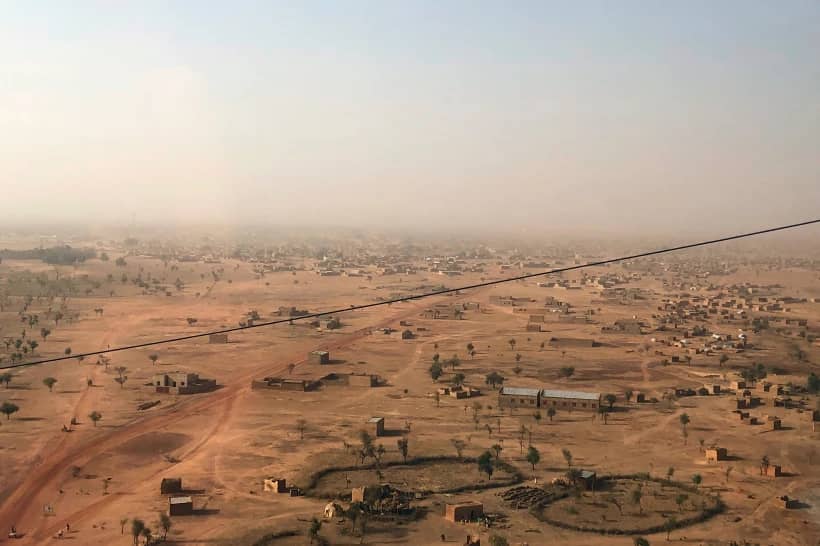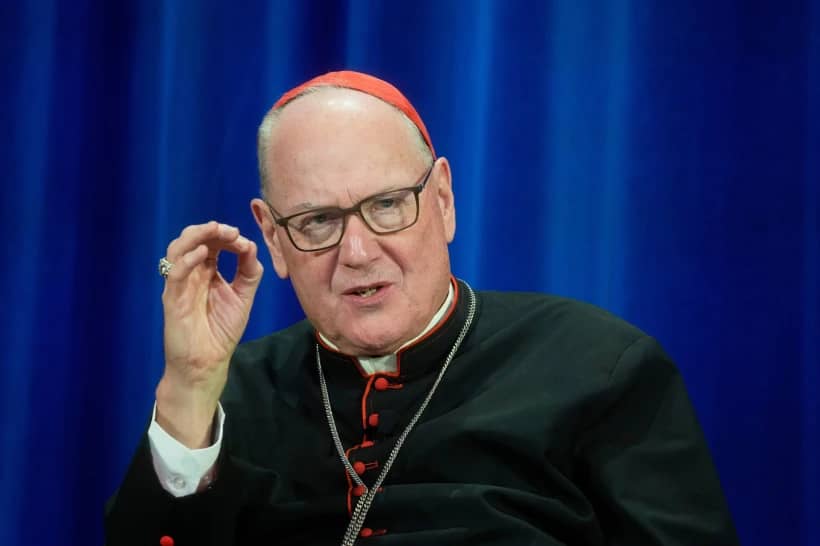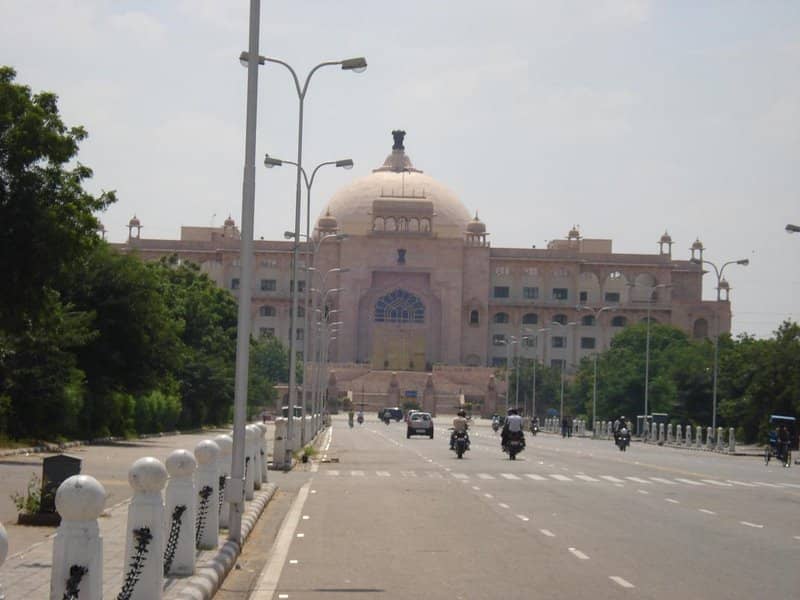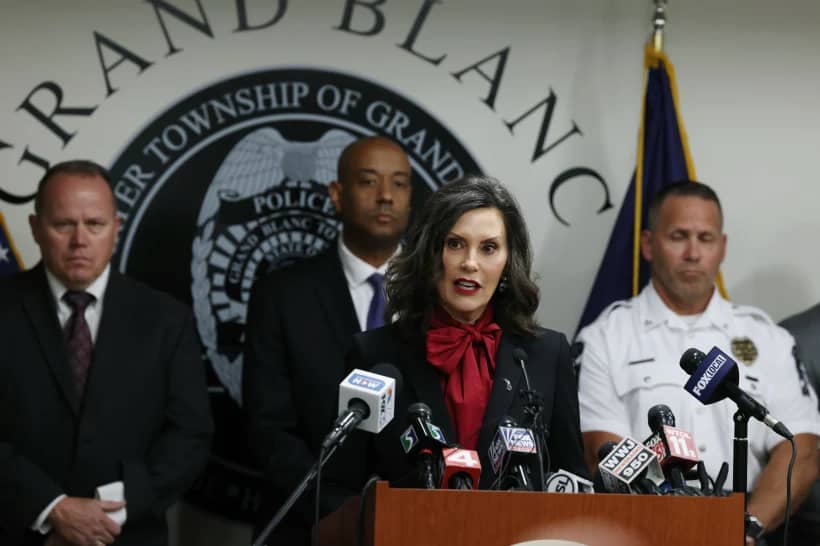In the run-up to Tuesday’s election, a fracas broke out when Wikileaks revealed internal emails from the Clinton campaign suggesting a strategy of promoting a “Catholic Spring”- style movement intended to produce greater support in the Church for leftist causes.
Some took that as evidence of anti-Catholic bias, others as normal chatter among Catholics about how they’d like to see the Church evolve. Whatever it was, it suggested a clear desire on the part of elements of the Clinton team to see Catholicism move away from the culture wars into territory more congenial to a Democratic administration.
Of course, none of that matters quite as much now, since Clinton won’t be running the country after all following Donald Trump’s stunning upset victory Tuesday night.
Yet there’s an ironic sense in which, at least at the leadership level of the U.S. Church, the advent of a Trump era could be a boon for the progressive vision sketched in those emails, in the sense of steering the American bishops towards emphasizing positions conventionally understood to skew to the left.
That’s hardly a certainty, especially in a political season in which the impossible has already occurred more times than anyone can count, and in the end things could play out very differently. Yet it’s at least a live possibility.
To understand why that’s so, it’s important to recall that for American Catholics, Tuesday’s presidential race is not the only election that matters this month. Next week, the U.S. Catholic bishops will be gathered in Baltimore to elect new leadership for the next three years, representing three-quarters of Trump’s first term in office.
Here’s the thing: Whenever the bishops choose new leaders this close to a presidential election, inevitably the specter of the incoming administration can’t help but influence their choice.
In broad strokes, some bishops may try to figure out where the flash points and potential battle lines with Catholic teaching will be over the next four years, and choose leaders they believe will be best able to represent those interests.
Odds are, had Clinton prevailed, many bishops would have anticipated that the tensions would center on abortion and other life issues, as well as religious freedom and conscientious objection, and some would have been even more inclined to look for leadership determined to hold the line on those fronts.
Now, under a Trump presidency, the calculus may be the opposite.
A face-value reading would suggest that conflicts will center on matters such as immigration reform, war and peace, the social safety net, race relations, and the environment – all areas, of course, where the longstanding official positions of both the Vatican and the United States Conference of Catholic Bishops generally stand to the left of the incoming regime.
In such a context, some bishops may feel that what the conference needs is leadership clearly associated with advocacy of those positions, and with the conviction needed to back them up.
To put the point differently, the Trump victory could make the bishops more likely to embrace what many would think of as a “Pope Francis” agenda.
Observers sympathetic to the U.S. bishops have argued for years that if one looks at the full range of their concerns, they’re not actually partisan. Instead, the direction of secular culture in America has forced them to invest resources in issues conventionally seen as skewing to the right, but in a different set of circumstances, they could just as easily be perceived as leaning to the left.
Those circumstances now would appear to be here, and it will be fascinating to see if perceptions of the bishops’ agenda and priorities realign accordingly.
One wild card in this scenario is the skepticism many pro-life leaders harbor about whether Trump actually means what he’s said. As a result, some bishops most concerned with life issues may want to use the conference’s influence to hold his feet to the fire, in an effort to ensure that he delivers on the promises he made.
Another is that more conservative forces within the conference may feel emboldened by Trump’s win, and thus more inclined to assert themselves. Or, some bishops may simply want to elect leaders they feel could work out a modus vivendi with the Trump team, not one inclined to go to war with it.
Going forward, the first decision a new president makes that sets a tone for the relationship with the Church typically is the choice of a Vatican ambassador. It’s a puzzling, but seemingly irreversible, American tradition that the envoy to the Vatican must be a Catholic, and if Trump’s team comes up with someone perceived as serious and open to the Church’s concerns, that would certainly help.
That process, however, generally takes a while, and won’t be wrapped up before the bishops gather next week in Baltimore.
For now, the Trump transition team might be well advised to send a few well-placed Catholic prelates a signal that the door will be open to them as policy choices are crafted.
Trump is riding high right now, and with good reason, having defied conventional wisdom and establishment logic at every stage of the 2016 campaign.
Still, eventually he will have to settle down to the business of governance, and encouraging resistance among leaders of the country’s largest and most visible religious body may not be the wisest way to start.













